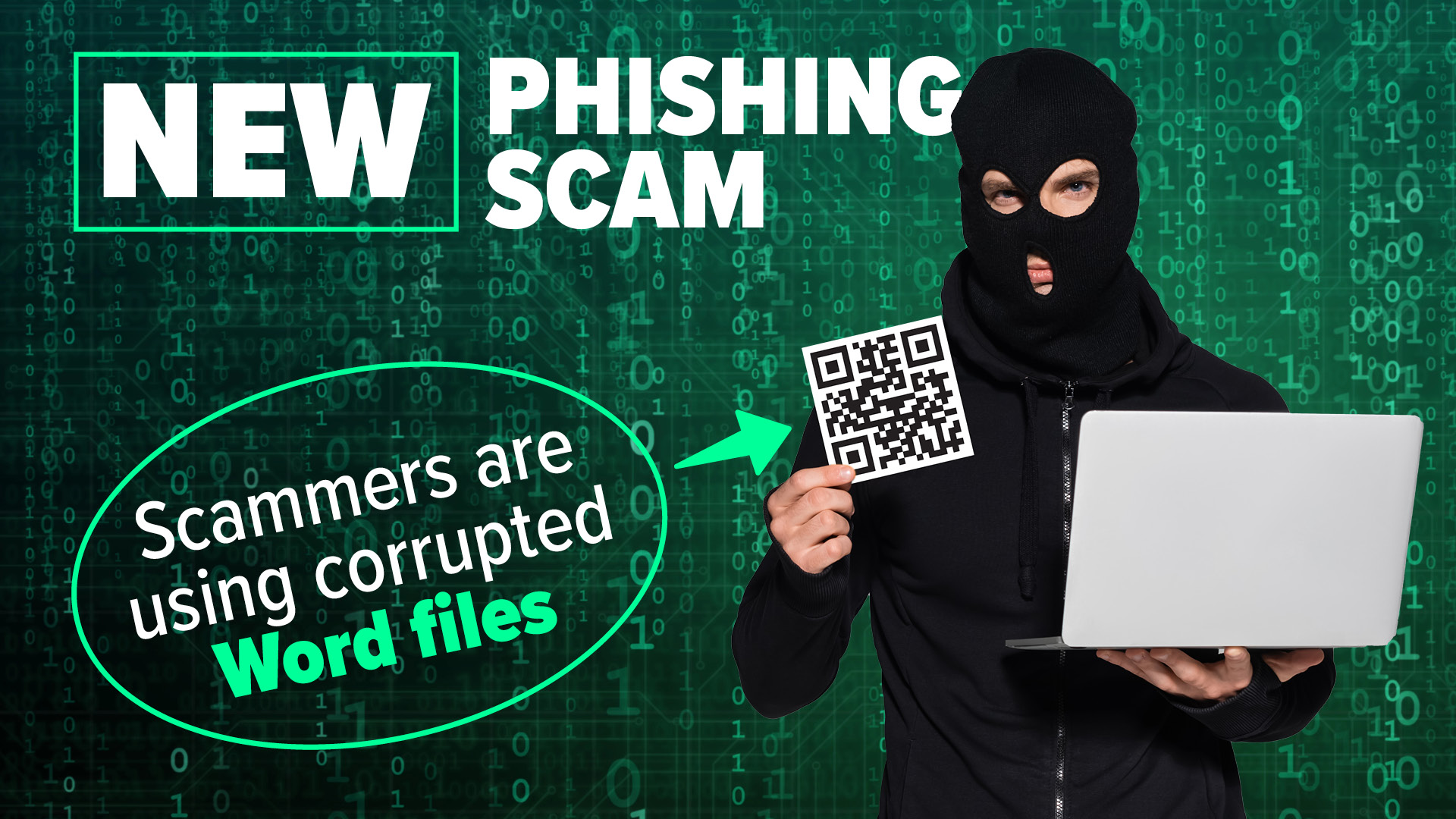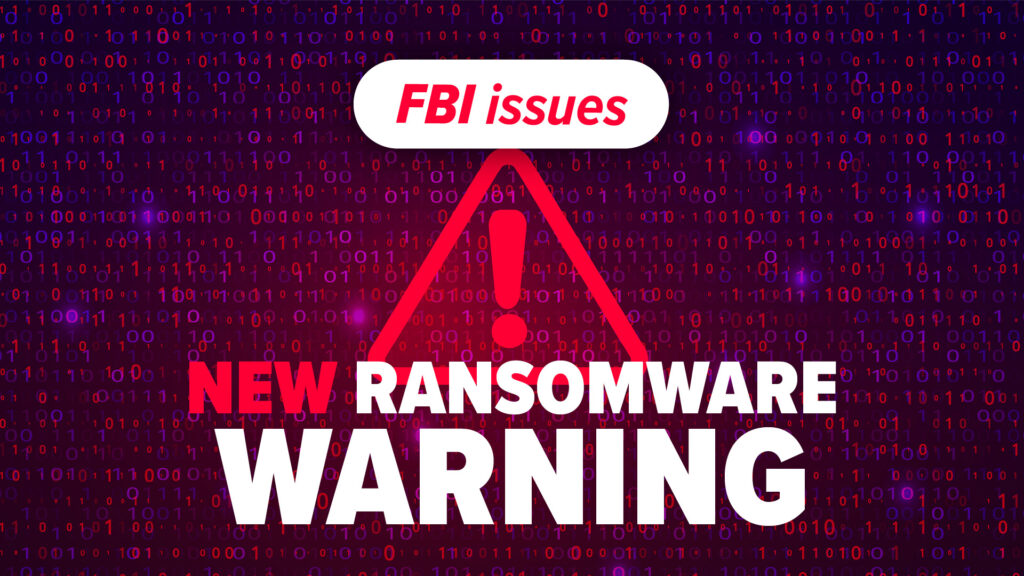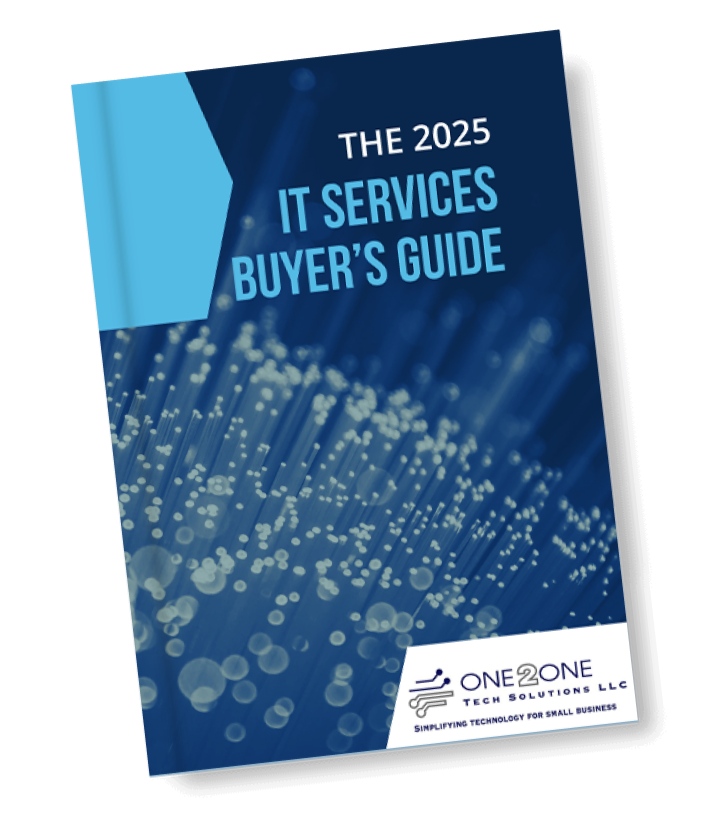Busy day ahead. You’re rushing through your inbox, juggling tasks, when you spot an email with an important-looking Word document attached. It could be an invoice, a supplier update, or even a request from a colleague. Without hesitation, you click to open it—
And just like that, you’ve been scammed.
This is exactly what cybercriminals are banking on. They’re always evolving, always looking for new ways to bypass even the most advanced security filters. Their latest trick? Sending out corrupted Microsoft Word files that slip through your defenses and deliver a devastating cyber attack.
The Dangerous New Phishing Scam You Need to Know About
Phishing (pronounced “fishing”) is the art of deception—scammers bait you with an email that looks completely legit, often mimicking trusted sources like your bank, a co-worker, or a vendor. The goal? To trick you into handing over sensitive information, like login credentials or financial details.
These emails frequently contain malicious links or attachments. And now, with this new attack method, cybercriminals are using corrupted Word documents to evade email security filters. Since these files appear damaged, your system can’t properly scan them for threats.
Here’s what happens next:
- You open the corrupted file, prompting Microsoft Word to “repair��� it.
- The document opens, looking harmless—but it contains a malicious QR code or link.
- Clicking that link leads to a phishing site, often a fake Microsoft 365 login page.
- The moment you enter your details, scammers gain access to your account—and potentially your entire business network.
All it takes is one compromised employee login, and cybercriminals can:
- Infiltrate your cloud systems
- Steal sensitive customer and financial data
- Lock your team out of critical files
- Launch further phishing attacks from your account, tricking your contacts
The result? A potential disaster—financial losses, legal trouble, and a wrecked business reputation that could take years to recover.
How to Protect Your Business (And Your Team)
Cyber threats are getting more sophisticated, but you don’t need to be a security expert to defend your business. You just need the right strategy.
Start with these essential steps:
- Pause and verify before opening any attachment or clicking a link—even if the email looks legitimate.
- Watch out for urgency. Scammers pressure you to act fast so you don’t think twice.
- Double-check with the sender. If something seems off, contact them directly through a known number or email (not by replying to the suspicious email!).
- Never assume a file is safe just because it appears professional.
Cybersecurity Awareness is Your Best Defense
Review your email protection layers, but don’t stop there. Most cyber attacks succeed because people simply don’t realize they’re being tricked. That’s why awareness and training are your strongest weapons against phishing scams.
We help businesses like yours stay ahead of cyber threats every day. If you’re ready to fortify your defenses, educate your team, and prevent costly breaches, we’re here to help.
📞 Contact us today to secure your business before scammers strike!







